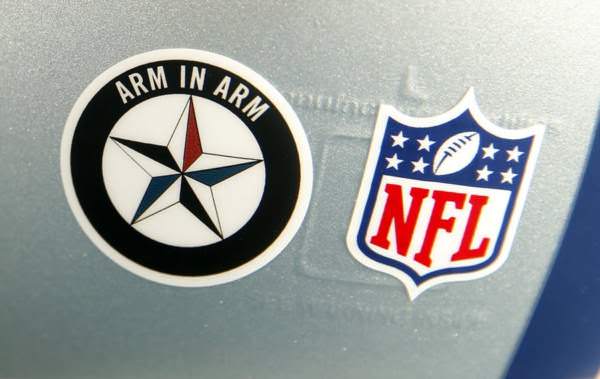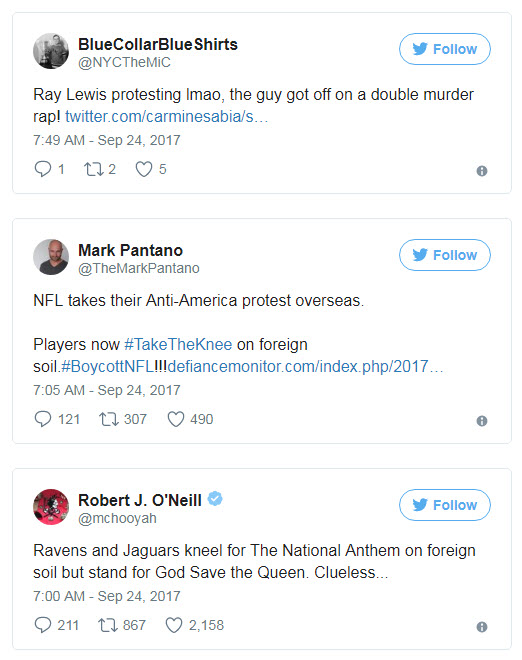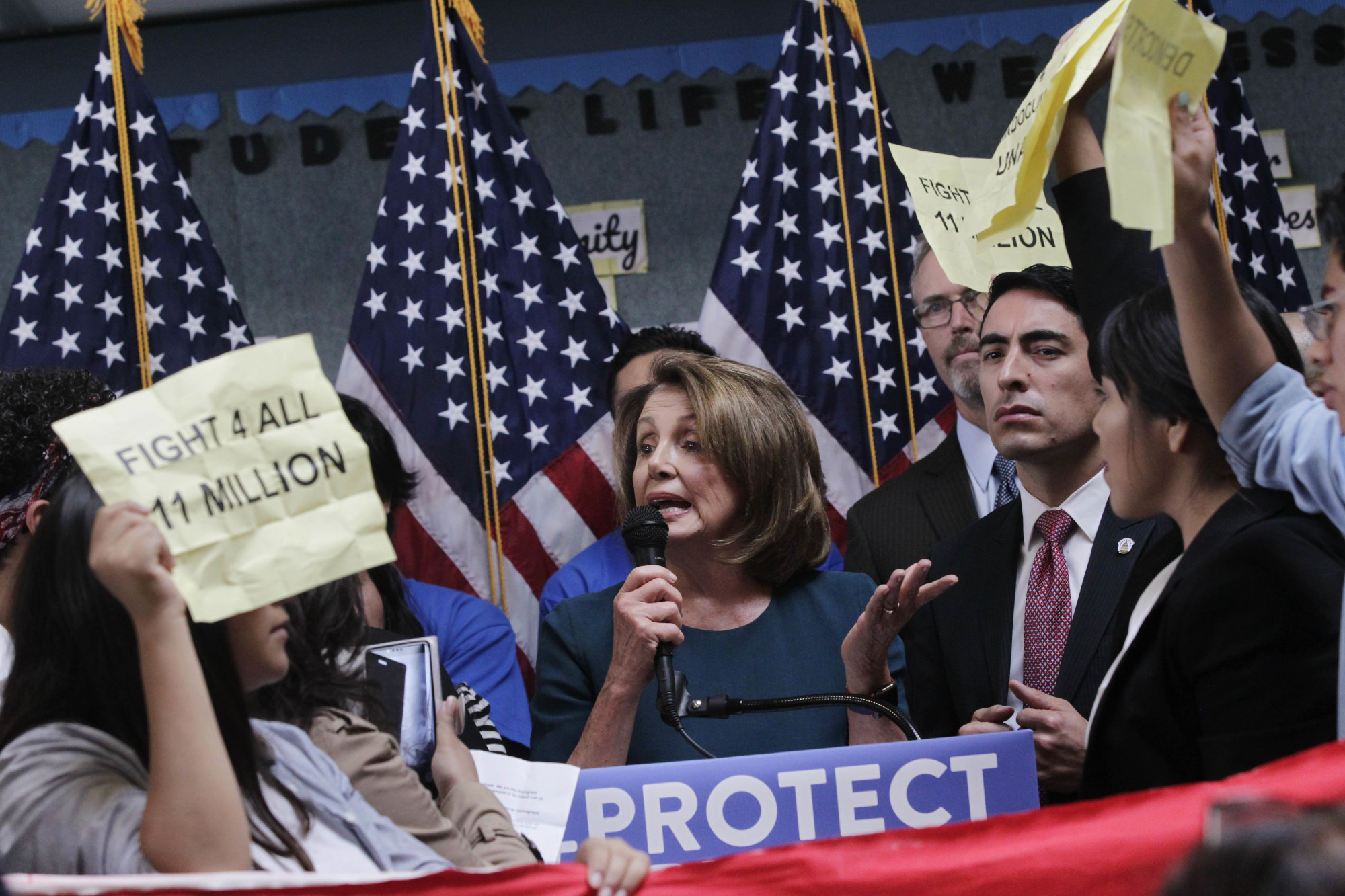Do I mean “final threat” in terms of “North Korea has decided to turn over a new leaf and cease hostilities”?
Hardly.
I instead mean that those may be the final threats North Korea makes if it carries through with same, as the response might leave North Korea filled with craters, ruts, and not much else. Perhaps even radioactive glass.
“Korea had to react because of Trump’s speech at the United Nations. I don’t how North Koreans can back down. They have to continue with provocations.” This passes for insight on American Media Maggot television? No more than base propaganda?
From the WSJ.com:
North Korean Official Says U.S. Has Declared War
by Farnaz Fassihi
Country’s foreign minister says Pyongyang is justified to down U.S. planes in international airspace
UNITED NATIONS—North Korea’s foreign minister said Monday the U.S. had declared war on North Korea and his country considered all possible responses to be on the table.
Ri Yong Ho, speaking to reporters in New York, said North Korea now has “every right to make countermeasures, including the right to shoot down U.S. strategic bombers, even if they are not yet inside the airspace border of our country.” U.S. warplanes on Saturday flew near the North Korean coastline north of the demilitarized zone between North and South Korea.
Of course, the president did no such thing and said no such thing.
Let’s repeat the threat by North Korea: “even if they are not yet inside the airspace border of our country.”
So let’s then ask: just what is that “border” and how far above and beyond North Korea does that border extend?
By international law, the notion of a country’s sovereign airspace corresponds with the maritime definition of territorial waters as being 12 nautical miles (22.2 km) out from a nation’s coastline. Airspace not within any country’s territorial limit is considered international, analogous to the “high seas” in maritime law.
Another very important aspect, however, is this: what is the vertical issue? Or is there even such a thing?
There is no international agreement on the vertical extent of sovereign airspace, with suggestions ranging from about 30 km (19 mi)—the extent of the highest aircraft and balloons—to about 160 km (99 mi)—the lowest extent of short-term stable orbits.
With this in mind, North Korea had best be quite circumspect — something they do not quite possess at all: circumspection.
Let us also not forget this is the individual, Kim Jong Un, who had his own brother, Kim Jong-ham assassinated.
The Untold Story of Kim Jong-nam’s Assassination
by Doug Clark
Two women had the most audacious task. Killing the brother of the North Korean leader. Right out in the open, using deadly chemical weapons in an international airport. And the craziest thing? They had no idea what they’d gotten into.
And thusly a challenge to the power of Kim Jong Un was removed. Badly. Baldly. But finally.
A second later, a Vietnamese woman wearing a white jumper emblazoned with LOL threw her arms over his shoulders and rubbed her hands across his face. She apologized, too, before hurrying in the opposite direction of the Indonesian woman.
You need to read this.
by Chris Perez
North Korea is interested in testing a hydrogen bomb in the middle of the Pacific, according to reports.
Word of a possible detonation in the Pacific comes just weeks after the North carried out its sixth and most powerful test within its borders.
It also follows Kim’s incendiary comments about President Trump — in which he called him “mentally deranged” and referred to his UN speech on Tuesday as “the most ferocious declaration of a war in history.”
Testing a nuclear weapon beyond its borders would certainly heighten tensions between the US and North Korea.
The Hermit Kingdom already has Japan on edge after launching multiple missiles over the island nation.
What would be the ramifications of, say, such a test?
From the UKIndependent.com:
North Korea: What would happen if Kim Jong-un ordered nuclear explosion in Pacific
by Dave Mosher
North Korea may be planning one of the most powerful nuclear explosions in history, if the nation’s foreign minister is to be believed.
The US, Russia, China, and other countries have carried out more than 2,000 nuclear test blasts since 1945.
More than 500 of these explosions occurred on soil, in space, on barges, or underwater. But most of these happened early in the Cold War — before the risks to innocent people and the environment were well-understood. Nearly all countries now ban nuclear testing.
Precisely. With good cause. Which makes this potential test of extreme concern.
The problem with nuclear test explosions is that they create radioactive fallout. Space detonations come with their own risks, including a more widespread electromagnetic pulse.
Only a fraction of a nuclear weapon’s core is turned into energy during an explosion; the rest is irradiated, melted, and turned into fine particles. This creates a small amount of fallout that can be lofted into the atmosphere and spread around.
Stop. Is this an excuse for North Korea to create an EMP and then step back by saying they could never have foreseen the consequences?
But the risk of fallout vastly increases when a blast occurs close to the ground or water. There, a nuclear explosion can suck up dirt, debris, water, and other materials, creating many tons of radioactive fallout — and this material rises high into the atmosphere, where it drifts for hundreds of miles.
This kind of Cold War-era fallout killed scores of innocent people in the Pacific, including Japanese fishermen, and is still causing cancer and health problems around the world today.
All the more reason to not conduct an underwater test today? Have we learned nothing from history? From ScienceAlert.com:
All of these scenarios assume North Korea sets off a thermonuclear device in a controlled way – via aeroplane, barge, balloon, or some kind of stationary platform.
But the risk to people also largely depends on whether or not North Korea launches a nuclear warhead on an intercontinental ballistic missile or a shorter-range rocket, such as one launched from a submarine.
If successful, such a missile test would show North Korea has miniaturised its weapons. And if the blast appears to be caused by a hydrogen bomb, it would show North Korea could pull off a devastating thermonuclear strike on US soil.
But missiles are prone to failure in multiple ways, especially those in early development. A North Korean ICBM tipped with a nuclear warhead might miss its target by a significant distance, or explode en route.
This could lead to detonation in an unintended place and altitude.
This is especially true if the missile has no self-destruct capability – ICBMs maintained by the US don’t. In that case, only hacking the missile’s software in mid-air, or destroying it with another weapon, could stop the launch.
“The stakes and heat in this conflict have not been this high since the Korean War,” Tristan Webb, a senior analyst for NK News, said in a story published by the outlet on Friday.
“Kim Jong Un said in July that the … showdown was entering its final phase. He appears psychologically prepared for conflict.”
Today’s media portrays President Donald Trump as the only one to have ever “threatened” North Korea. That couldn’t be further from the truth. From the Spectator.com:
When Bill Clinton Threatened to ‘End’ North Korea
by Paul Kengor
Have liberal critics of President Trump’s remarks yesterday forgotten how they reacted 24 years ago?
The liberal media is going ballistic over President Trump’s UN speech, launching into collective orbit over Trump again mocking little man Kim as “rocket man.” This time, President Trump made that jab not from his Twitter account on a Sunday morning but from the world’s biggest international stage: the vaunted assembly of the United Nations in its diplomatic splendor on the East River. The media exploded over Trump’s threat to “totally destroy” North Korea if crazy Kim attacked the United States or its allies.
The New York Times news article on Trump’s UN speech no less than seven times singled out his words “totally destroy,” though not once did it give the complete context. Here’s the passage, which must be read in full:
The United States has great strength and patience, but if it is forced to defend itself or its allies, we will have no choice but to totally destroy North Korea. Rocket Man is on a suicide mission for himself and for his regime. The United States is ready, willing and able, but hopefully this will not be necessary. That’s what the United Nations is all about; that’s what the United Nations is for. Let’s see how they do.
It’s a remarkable passage and an intriguing one. Read it twice, carefully. Note the initial “but if.” It’s couched within a scenario of America being “forced to defend itself or its allies.” It’s a defensive, not offensive, scenario — one in which the United States is left with “no choice.” That’s a “no choice,” says Trump, which “hopefully … will not be necessary.” Moreover, Trump even put that ball in the UN’s court, stating that such is what the “United Nations is all about.” It’s what the “United Nations is for.” He even offered, “Let’s see how they [the United Nations] do.”
When read carefully, as this passage needs to be, we see that isn’t an instance of Trump recklessly bloviating from his Twitter account with no staffer able to filter him. No, this was pre-written and pre-approved and crafted by advisers with deliberate intentions.
Well, before they get too hysterical, they might want to go back a couple of decades and read the words of Bill Clinton.
It was July 1993, and Hillary’s husband, a mere half year into his presidency, was dealing with little Kim’s little grand-pappy, another Marxist madman, the progenitor of this communist-totalitarian hereditary dictatorship. On July 9, 1993, as the Washington Post reported at the time, Bill Clinton, amid a major swing through Asia, told the media the following of U.S. policy toward North Korea under his administration: “We would overwhelmingly retaliate if [the North Koreans] were to ever use, to develop and use nuclear weapons. It would mean the end of their country as they know it.”
For the record, he also added, “North Korea is just one of many renegade nations that would like to have nuclear weapons and be unaccountable for them, and we can’t let it happen.”
The American Media Maggots act — purposely so — as if President Trump’s words ceaselessly occur in a total vacuum. No one has ever uttered such words before. Ever.
Clinton’s comments were widely covered at the time, including by the New York Times, which reported: “On his weekend visit to South Korea, President Clinton warned that if North Korea developed and used an atomic weapon, ‘we would quickly and overwhelmingly retaliate.’” He said, “It would mean the end of their country as they know it.”
To repeat: the end of their country as they know it.
What was their response? They loved it. They pumped their firsts. They pounded their chests. They gave high-fives. They yelled “Woot! Woot! Woot!”
Yes, the very same peaceniks who throughout the 1980s had derided Ronald Reagan as a trigger-happy cowboy and nuclear warmonger, who had run George H.W. Bush out of office after he drove Saddam Hussein from Kuwait, suddenly yanked the daisies from their hair and gun barrels and were ready to storm out to SAC headquarters to board their Super-fortress for Pyongyang. They had become Slim Pickens in Dr. Strangelove.
Any time you hear or read of the American Media Maggots jabbering about President Trump, a klaxon should be going off in your wheelhouse. Trump’s comments don’t generally occur in a vacuum. And you can make book that similar comments have historically been made by a Demorat before.
The American Media Maggots just don’t care about that. They want Trump’s words to appear as though they do in fact occur in a vacuum. I call this Historical Alzheimers. But it’s no coincidence.
In the meantime, what will North Korea truly do?
Will they solve the problem of their existence all by themselves?
BZ


 You just drew your final line with me, National Football League.
You just drew your final line with me, National Football League.



 Then there is this,
Then there is this, 
 Standing. One man. Hand over heart.
Standing. One man. Hand over heart. As far as the NFL is concerned — just like Hillary Rodham Clinton — it doesn’t have a problem. Everyone else has the problem. It’s everyone else’s fault but theirs.
As far as the NFL is concerned — just like Hillary Rodham Clinton — it doesn’t have a problem. Everyone else has the problem. It’s everyone else’s fault but theirs.
 So what is this really about? You should ask the question and all the involved players should ask the question. Is it about this loose word “unity” as some are insisting? Unity in what, specifically? Unity in terms of only what those on the Left are advocating?
So what is this really about? You should ask the question and all the involved players should ask the question. Is it about this loose word “unity” as some are insisting? Unity in what, specifically? Unity in terms of only what those on the Left are advocating? Featuring Right thinking from a left brain, doing the job the American Media Maggots won’t, embracing ubiquitous, sagacious perspicacity and broadcasting behind enemy lines in Occupied Fornicalia from the veritable Belly of the Beast, the Bill Mill in Sacramento, Fornicalia, I continue to proffer my thanks to the
Featuring Right thinking from a left brain, doing the job the American Media Maggots won’t, embracing ubiquitous, sagacious perspicacity and broadcasting behind enemy lines in Occupied Fornicalia from the veritable Belly of the Beast, the Bill Mill in Sacramento, Fornicalia, I continue to proffer my thanks to the 
 Please join me, the
Please join me, the 